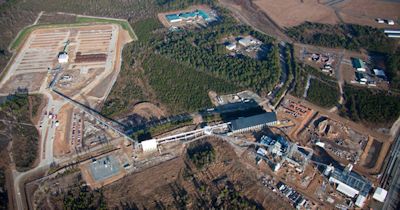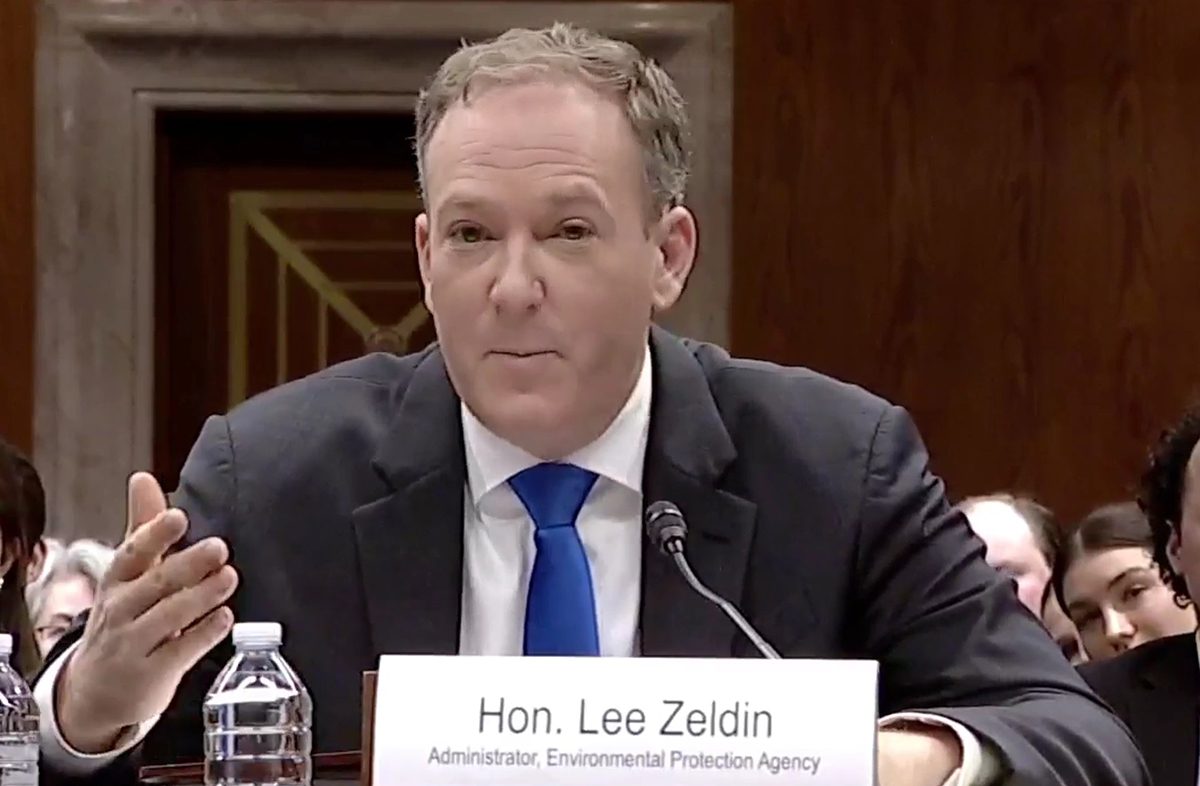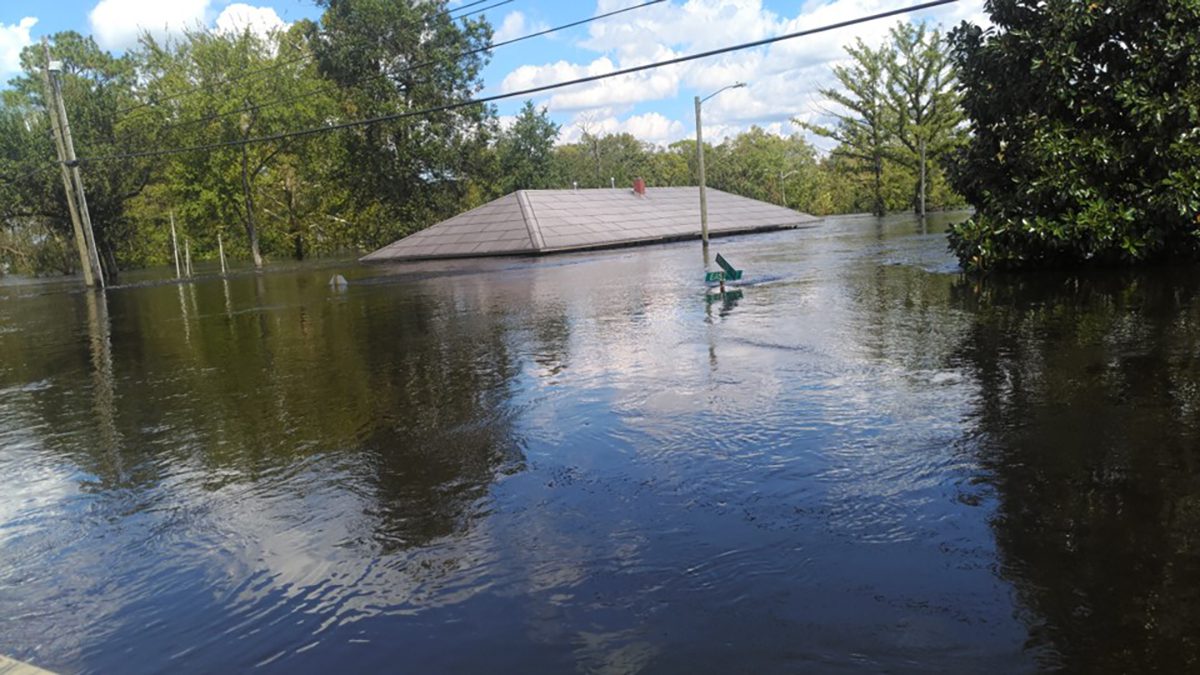Third of four parts
Does North Carolina have an adequate supply of trees to feed the maws of European power plants? Does the state have policies and rules in place to ensure that its wood lands won’t be so cut up as to threaten water quality, wildlife and natural diversity? What about more trains through Morehead City?
Those and many other questions should first be answered before the N.C. State Ports Authority moves ahead with plans to spend as much as $200 million to build shipping facilities to export wood pellets to Europe, said Todd Miller, the executive director of the N.C. Coastal Federation.
Supporter Spotlight
The federation joined the Southern Environmental Law Center and the Clean County Coalition, an advocacy group in Carteret County, in asking the authority to do an thorough environmental review of the project under the State Environmental Policy Act, or SEPA.
The law requires such review for any project that used state money or land, requires a state action such as a permit and has the potential to effect the state’s environment or the public’s health.
 Todd Miller |
 Will McDow |
The groups asked for the review in a letter they sent they sent in October to Thomas Bradshaw, the executive director of the ports authority. The agency has yet to respond.
Construction of the facility at the state port in Morehead City could quadruple freight rail traffic through town. That prospect along with the increasing cutting of the region’s woodlands requires a thorough environmental review before proceeding, Miller said.
“As a state agency spending public money on public land on a project that has this potential significant impact we believe they must comply with SEPA,” he said. “As part of the letter we’re verifying whether they’ve met the public notice requirements. We haven’t seen any notices.”
Supporter Spotlight
Environmental reviews require a public process that systematically explores potential issues and keeps people informed as to how their tax money will be spent. “We don’t want the same thing to happen here that happened with the international port,” Miller said.
That proposed project in Brunswick County eventually died from lack of support following staunch opposition from locals, environmental groups and politicians, but not before the authority invested $30 million in 600 acres of land.
“The ports authority basically tied up and wasted $30 million by moving so quickly on land that is now not nearly anywhere worth what they paid for it,” Miller said. “They did it quickly without any real discussion or public analysis.”
Whether the state’s forests can support being the fuel depots of Europe and what the real carbon implications of making the pellets here and shipping them overseas are two issue that need to be carefully explored, said Will McDow, manager of Southeast Center for Conservation Incentives for the Environmental Defense Fund in Raleigh. His organization last year produced a ground-breaking report on Europe’s growing use of southeastern U.S. wood pellets and is looking at both forest sustainability and the overall carbon “footprint.”
European regulations on where the pellets come from, how they’re harvested and whether logged tracts have to be replanted are still in flux, McDow said. Regulators are trying to work through carbon scoring for pellets and whether shipping pellets across the ocean is a threat to the “carbon-neutral” standing of biomass.
“I don’t think Europe has thought through the true carbon accounting of biomass,” McDow said.
Any change in that could have big implications for wood pellet operations.
Still, McDow said, in the short term there is little doubt that producers are moving ahead with a strategy of shifting away from coal through the use of wood. “In terms of the wood pellet trade, it’s not a question of whether they’re going to use them but who is going to provide them,” he said.
“This is a new angle and it could be potentially a large market,” he said. “We have to take that seriously and make sure it’s not a threat to North Carolina’s forests.”
Right now, he said, the decline of the paper industry and the slump in housing construction means that there are places where there’s adequate wood to supply the industry. Georgia, which is featured in the EDF report on pellets, has gotten into the pellet business in a big way and thanks to extensive plantings in the 1980s, has huge stocks of timber.
 This plant in Georgia makes 750,000 tons of wood pellets a year for electric utilities in the Netherlands. It is the largest pellet plant in the word. Photo: Essent |
“They’re riding the wave,” McDow said, “They hit it at the right time.”
But Georgia, he said, is in a unique situation. “We didn’t have the same kind of plantings in North Carolina and we’ve had more forest land lost,” McDow’s noted. “Our inventories are not as strong as Georgia’s.”
Dickson Phillips, chair of the Renewable Energy Committee of the state’s Environmental Management Commission, said measuring the effectiveness and potential impacts of alternatives like wood pellets is extremely complicated.
The commission in 2010 studied the questions raised by the growing use of biofuels as part of a bill that the General Assembly passed three years earlier that mandates alternative energy sources. The bill considers wood a source of renewable energy.
Phillips said the growing use of wood pellets as a source of electricity could have a significant effect on forests and air and water quality. The state, he said, needs to develop clear standards to protect its forests and its people.
“We need management requirements that really protect against a worst-case scenario,” he said.
The state’s Biofuels Center, which focuses on liquid fuels from biomass, is also looking into the growth of the use of wood pellets and their effects. Researchers at the Kenan Institute of Private Enterprise are working with the center to compare the costs and benefits of using pellets to converting waste wood into liquid fuels and the potential for pellets in electricity generation.
McDow agrees that more research needs to be done and that more safeguards should be in place ahead of the potential pellet boom, which could easily be burst by new regulations, new technologies or changes in carbon accounting. State or federal regulations should be in place, McDow said, that guarantee high standards, instead of relying on pressure from European customers to make sure the forests are managed right.
The standard now is that 70 percent of the wood must come from certified sustainable producers, McDow said, but what if that standard drops or the demand jumps to the point where producers start cutting corners?
“I’m not saying it’s going to,” he said, “but that’s a concern — that the demand would be so great that they’ll ignore the rules.”







